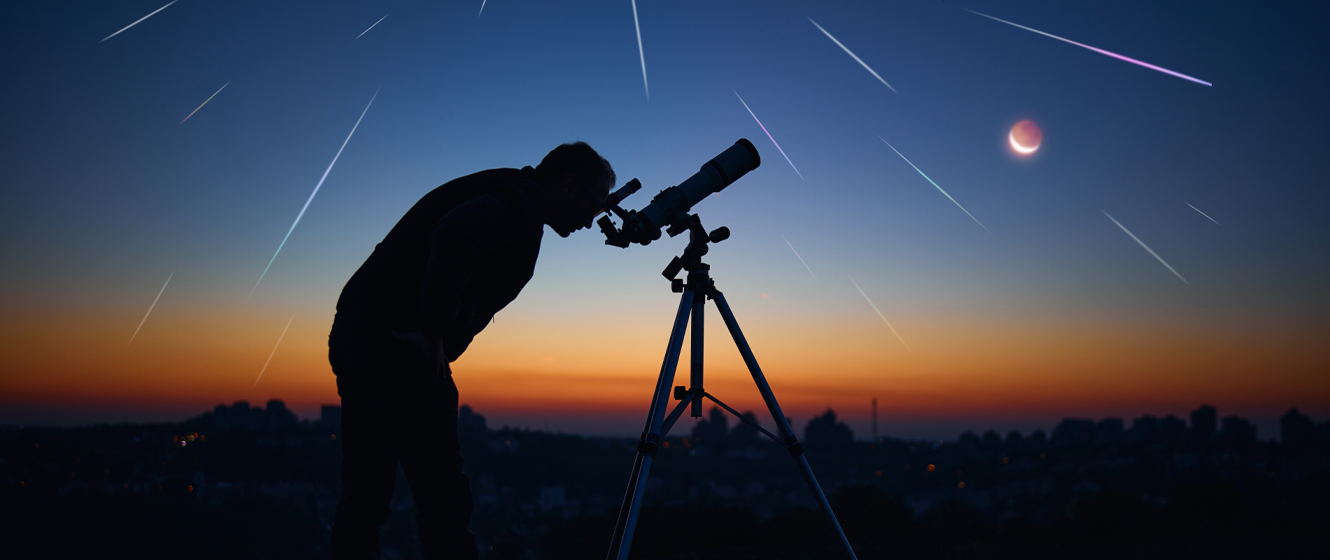We usually talk about aperture (or should I use the term F/stop?) & T stop, but focal ratio is rarely talked about.
These three are often interchangeable with f-number.
A 50mm F/1.4 & 100mm F/1.4 for example; the 100mm can let in more let despite the same aperture.
F/1.4 is the same aperture setting, but 50mm /1.4 = 35 mm and 100mm /1.4 = 70 mm are different aperture diameters.
It seems to me like people think F/stop is the main deciding factor in light gathering ability.
It is true when people talk about the light collected by the whole sensor. This is relevant when photographing a grey card filling the whole frame or a landscape.
However, It is the diameter of the entrance pupil that defines "light gathering ability from the subject, provided the subject is completely within the frame". This is relevant when the moon or a duck is taking a small portion of the frame. In this case we are cropping anyway, so the size of the sensor is not relevant.
Myself being someone who enjoys astrophotography sometimes, it's a great thing I know about focal ratio, but it's also a reason why I tend to go with lens of a long focal length rather than a wider lens, even if their apertures are the same.
People use "aperture" for both "aperture diameter" and "aperture setting", hence the confusion. It is less important what you call it, if it is clear if you need units of length or not to measure it.


